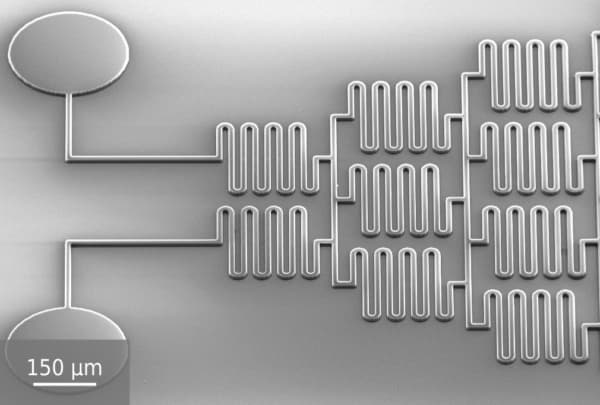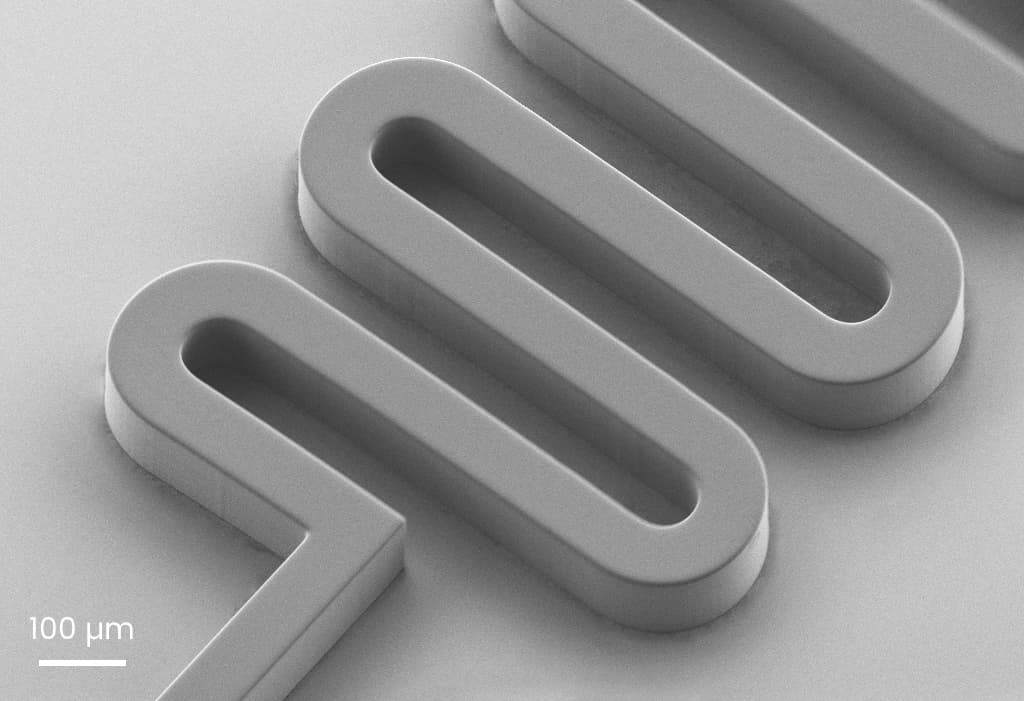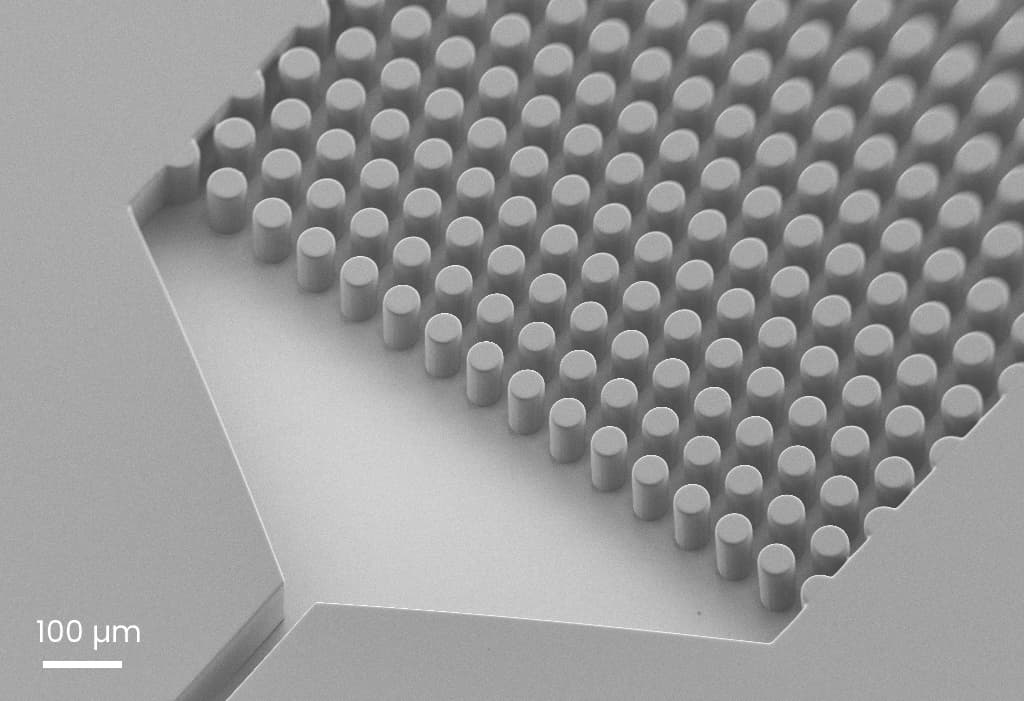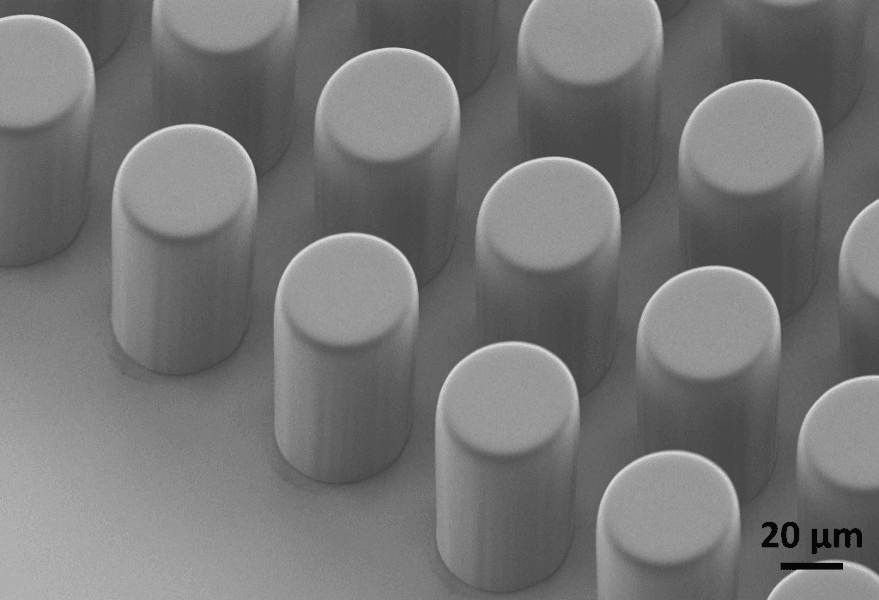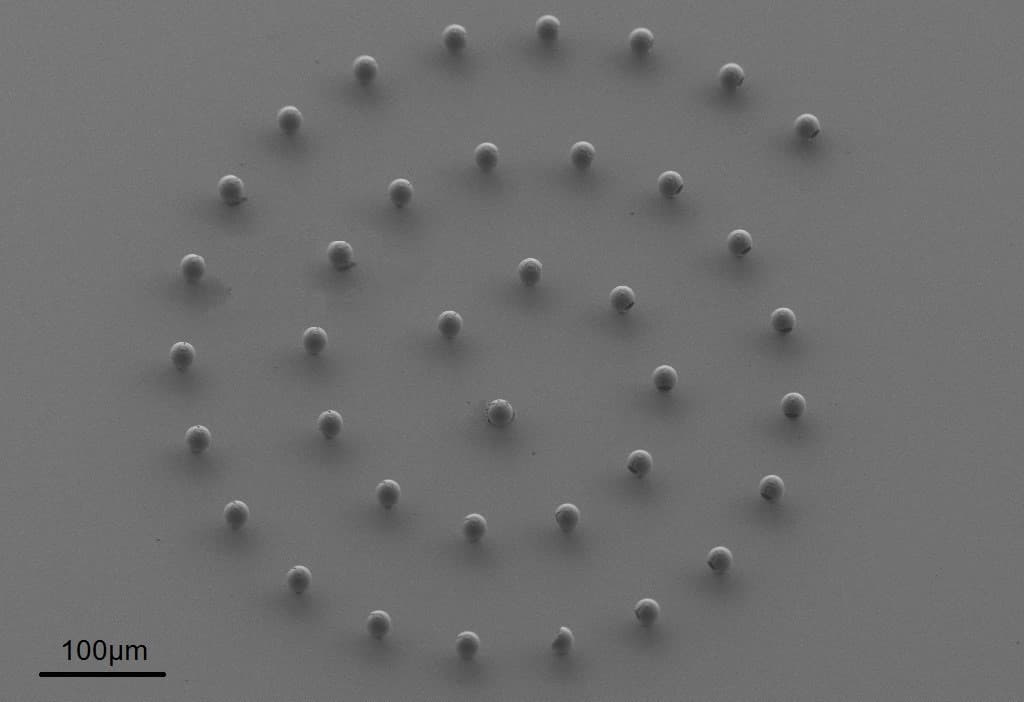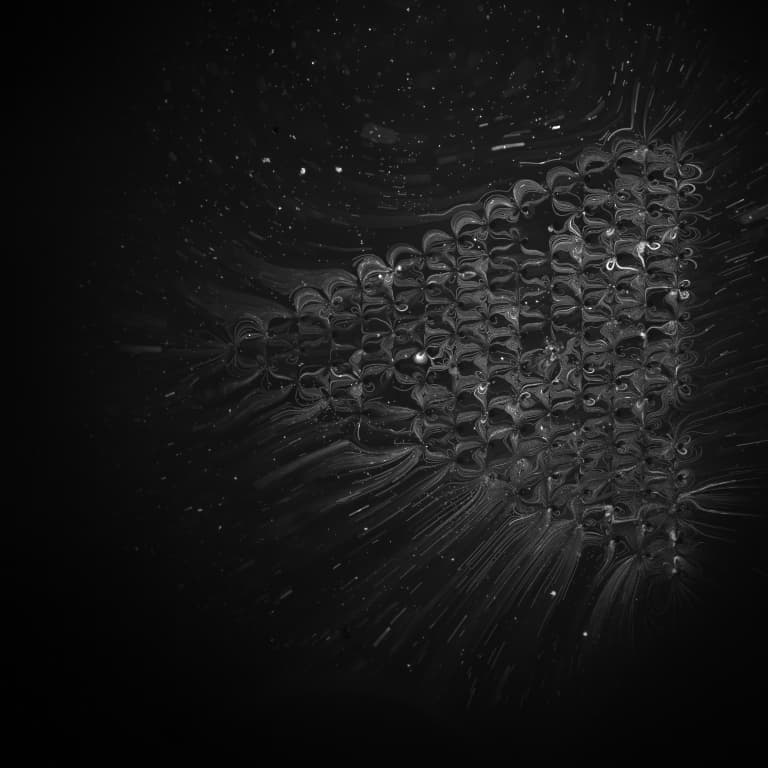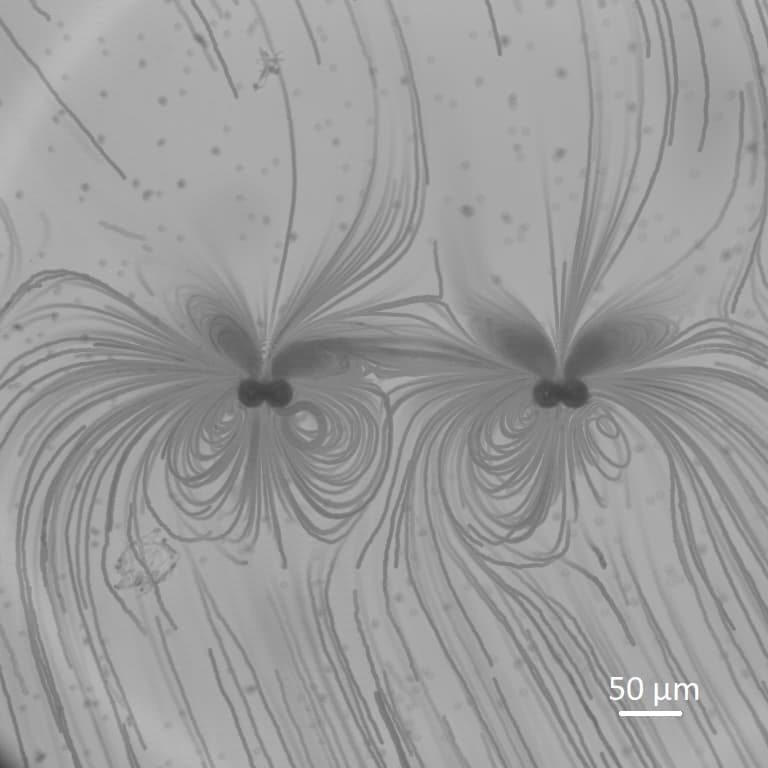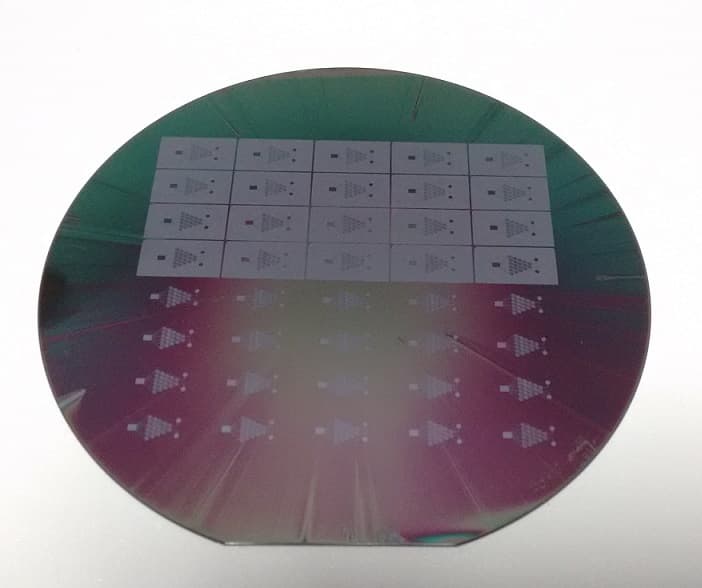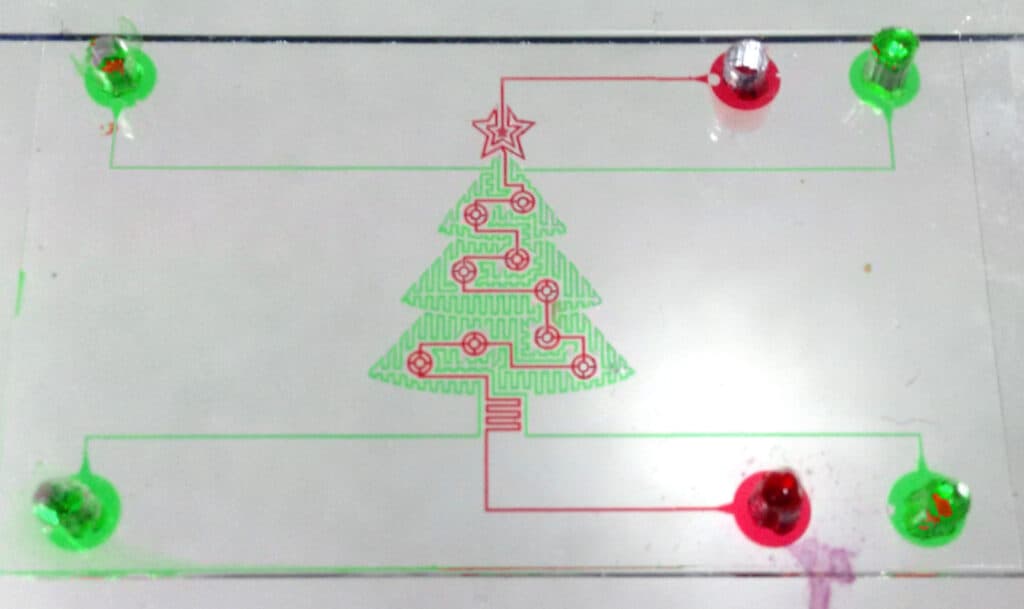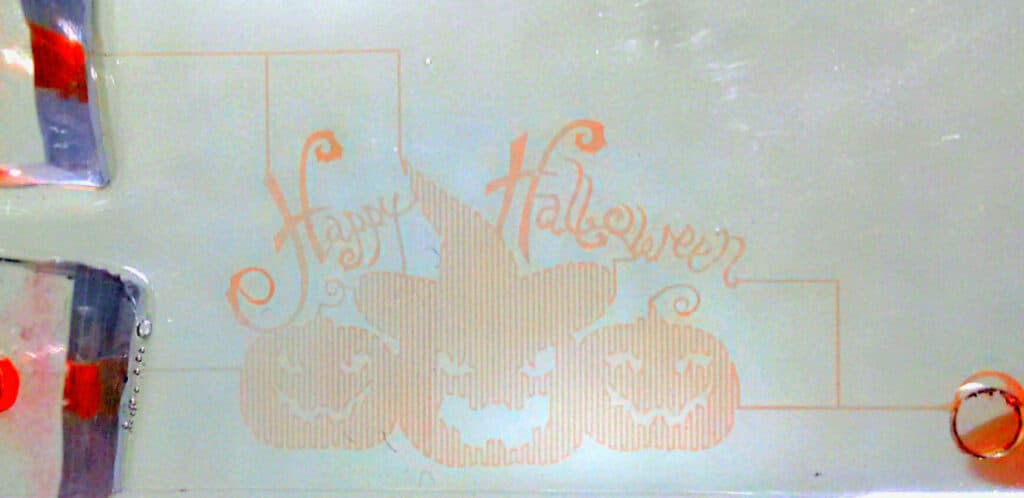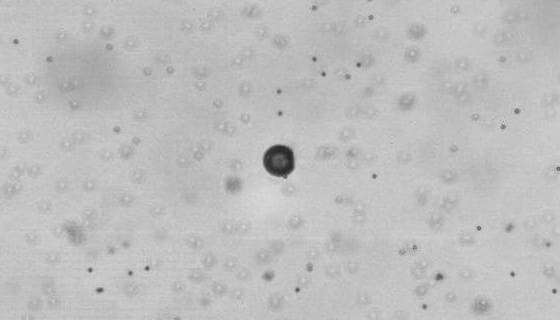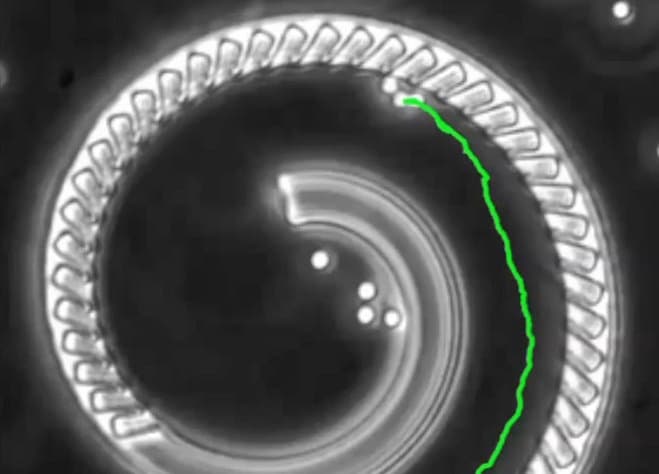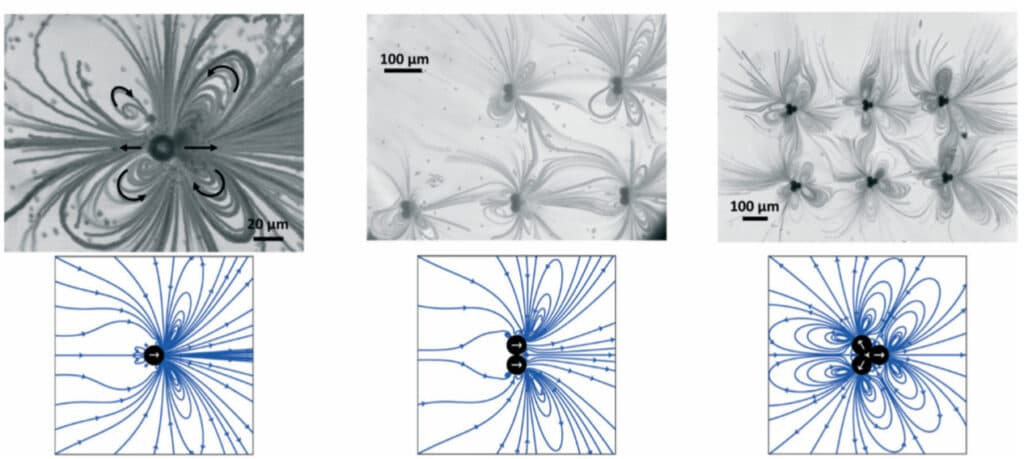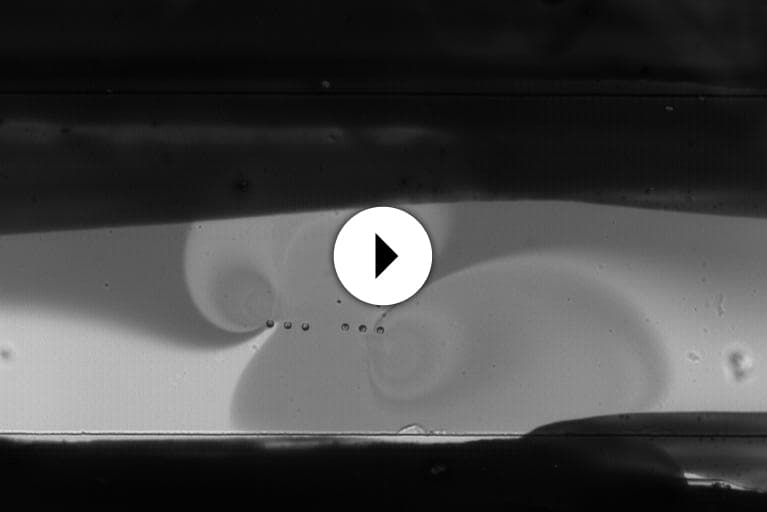MICROFLUIDICS
Applications
Highlight
Philippe Marmottant is a researcher at the French National Center for Scientific Research (CNRS), who studies microfluidics, rheology and the physics of plants and specializes in the micro-bubbles phenomenon. The microcapsules he studies become active micro-mixers in a microfluidic channel with the help of acoustic waves.
The European funded “Bubbleboost” project he leads aims to study the propagation of micro-bubbles inside microfluidic channels. Drawing upon theoretical research from Cambridge University, he designed 20-µm-wide microcapsules, aimed at grabbing a microbubble of air when the capsules are immerged in a fluid. When sending an acoustic wave inside the channel, the air/liquid interface will oscillate at the aperture of the capsule, which will create a stream, generating an efficient mix.
Marmottant 3D-printed these microcapsules with the Microlight3D system. The versatility of the 3D microprinting system allowed him to produce the capsules in any form or shape, such as a pyramid, a circle or a spiral and create innovative micro-mixing systems. The capsule’s aperture could also be oriented in any direction. This includes following the path of a spiral for example, which expands the potential and versatility of the mixing procedure. He was able to use an autofocus procedure that is capable of fixing all the capsules on the substrate at the exact same height, a key constraint if the flatness of the channel floor is irregular.
The capsules could either be in singular, double or triple configurations to create different kinds of flows. The fluid in the microchannel contains nano-particles as passive tracers in order to see the flow and measure its velocity. The microcapsules generated beautiful butterfly-like streamlines figures, with high mixing efficiency.
There are other potential applications. These microcapsules can be detached from the substrate in order to create acoustic micro-swimmers able to move along the channel due to the acoustic waves. This could be applied to medicine, where a drug substance could be transported by the micro-swimmer to a diseased organ with greater precision. Applications such as this could potentially increase the efficacy of the therapy, lower the risk of non-desirable side effects and avoid the dispersion of the drug to other parts of the body, where it is not required.
